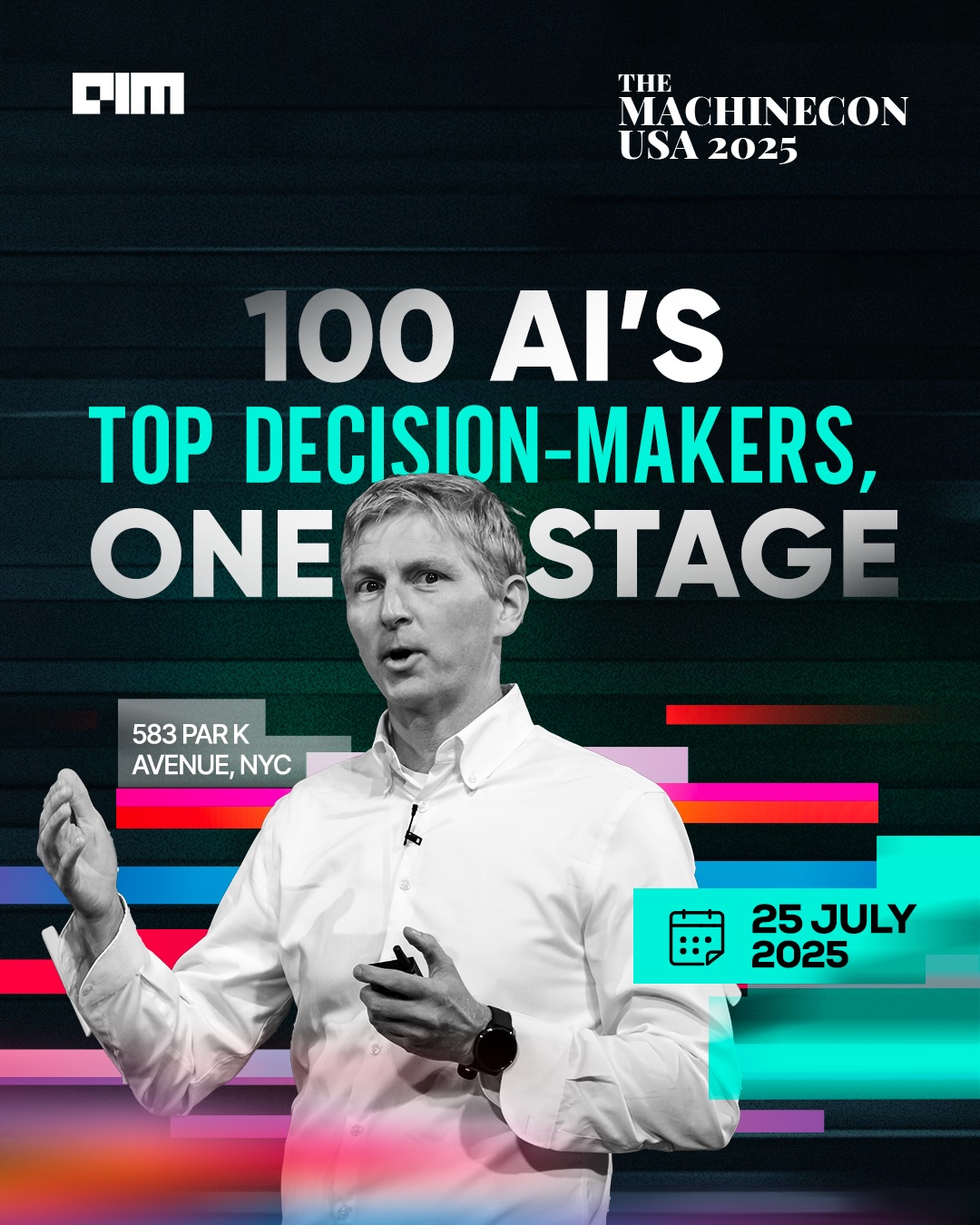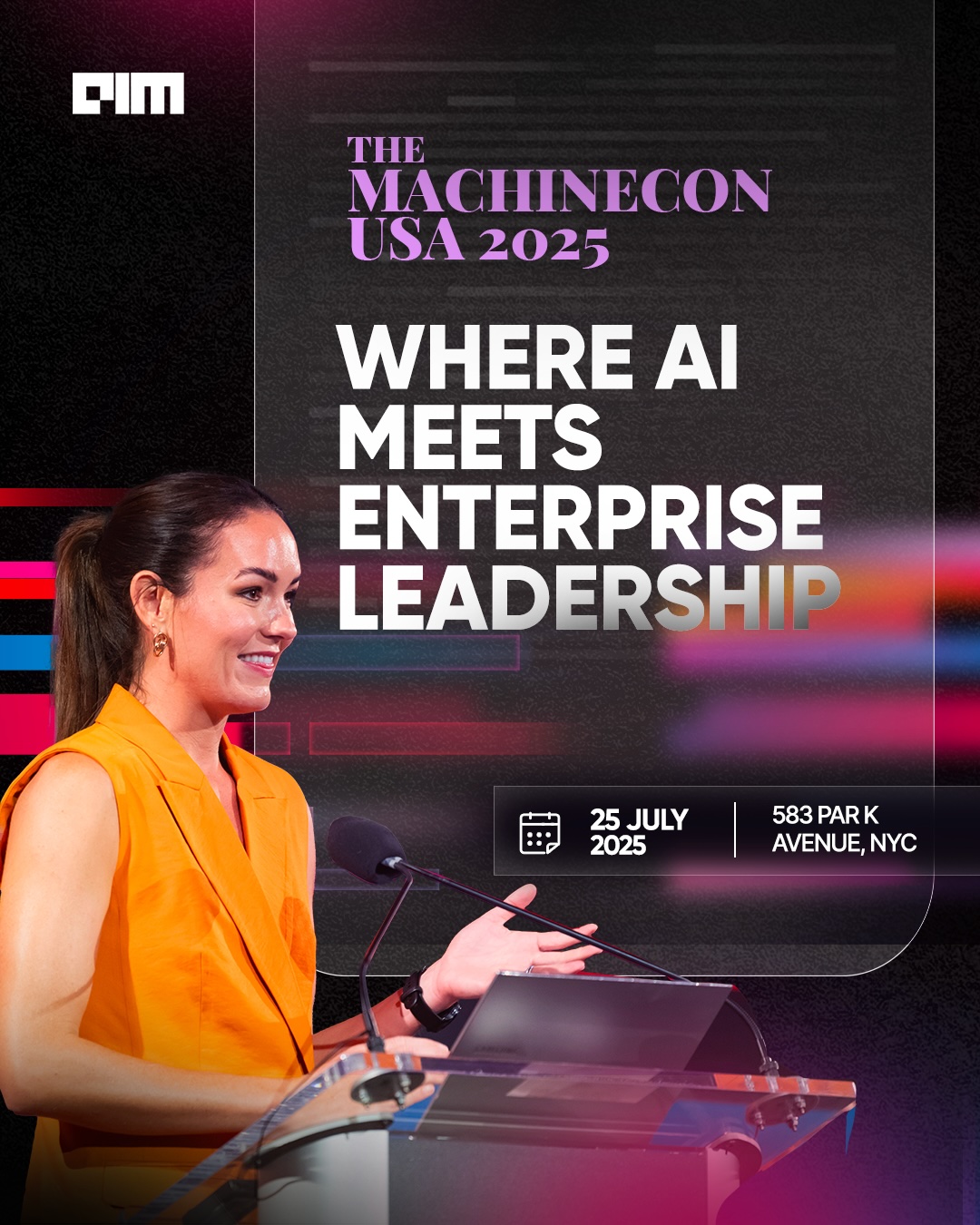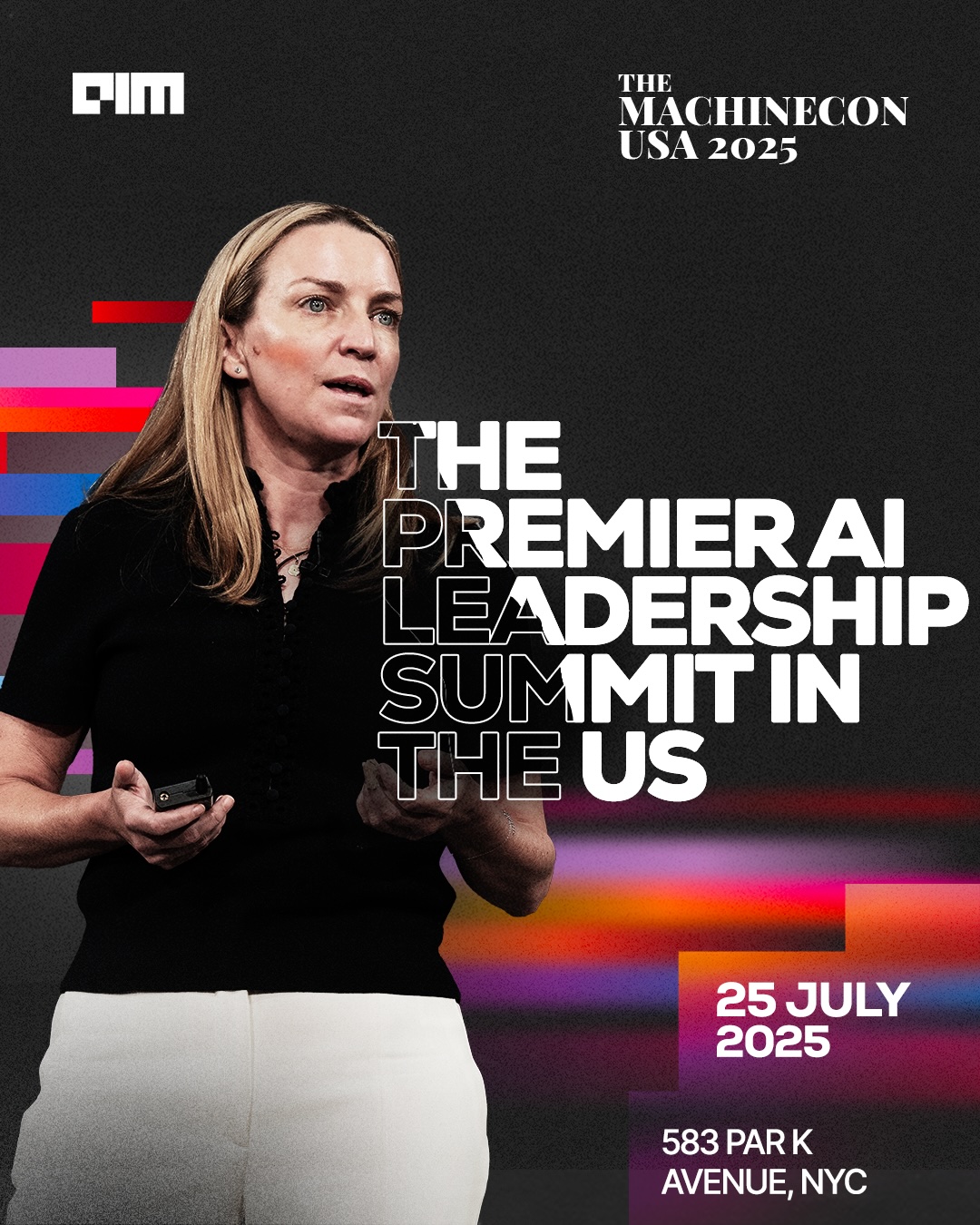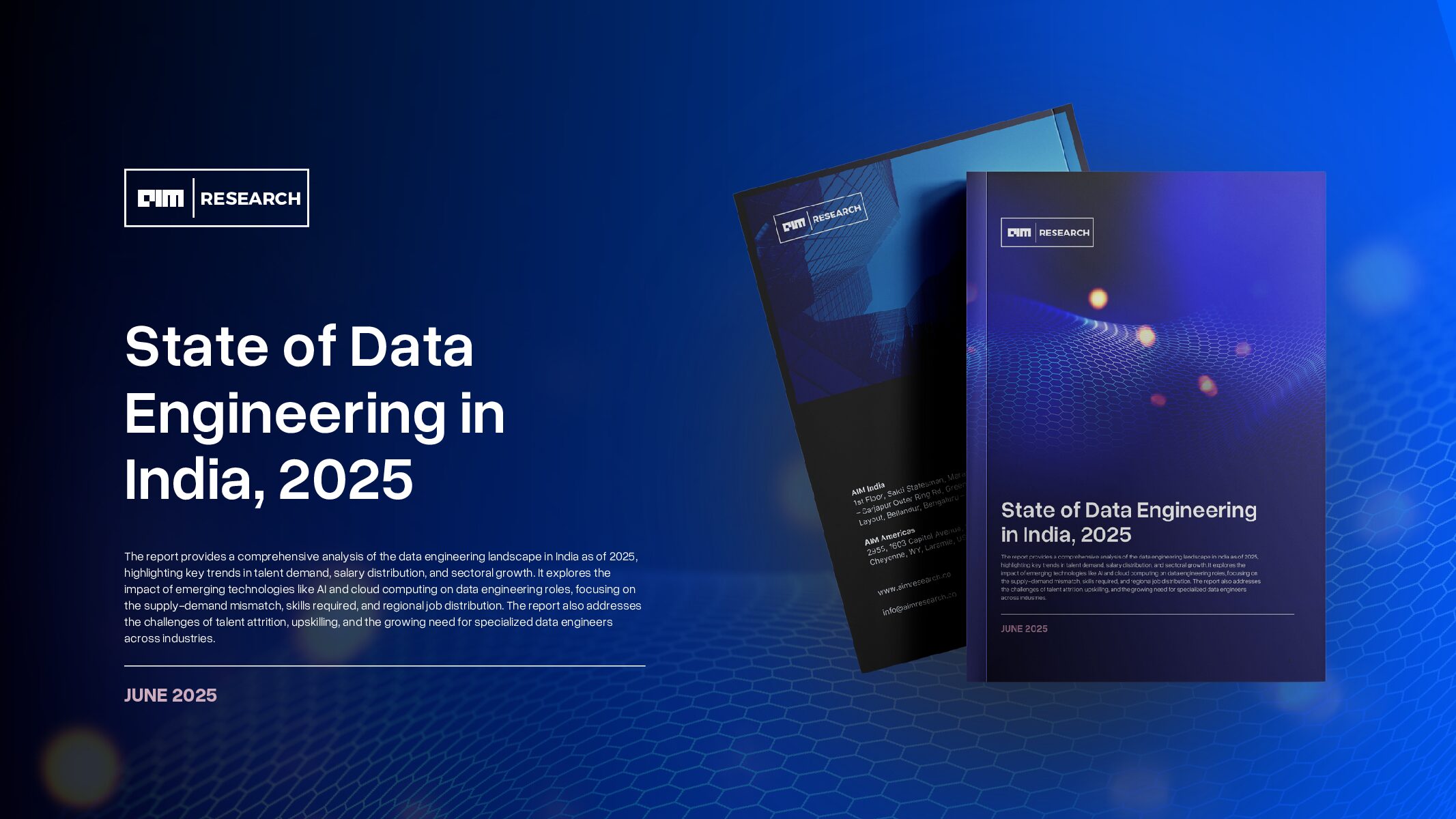In an era marked by digital transformation, the chatbot market is poised for remarkable growth. Valued at USD 7.01 billion in 2024, the sector is projected to soar to USD 20.81 billion by 2029, reflecting a robust compound annual growth rate (CAGR) of 24.32%.
Innovations in the market are being propelled by global vendors who are keenly integrating advanced technologies such as artificial intelligence (AI) and natural language processing (NLP) to meet evolving consumer expectations and industry needs. This innovation is critical as businesses strive to provide more personalized and efficient customer service solutions. Indeed, the imperative for companies to maintain agility and competitiveness in a swiftly digitizing landscape is driving this surge.
As organizations seek to streamline operations and enhance customer interactions, the adoption of chatbots is becoming an integral strategy in their digital transformation journeys. The integration of chatbots not only optimizes customer service processes but also significantly contributes to the operational efficiency of businesses, making it a key player in the ongoing evolution of global digital strategies.
Different types of chatbots available in the market
In the ever-evolving landscape of customer service technology, the chatbot market has burgeoned, offering a diverse array of solutions tailored to enhance user interactions and streamline operations. Here’s a closer look at the main types of chatbots currently dominating the market:
Menu-based/Button-based Chatbots: Rooted in decision tree logic, these chatbots present users with a series of menu options or buttons, guiding them to responses suited to their queries. While these bots are straightforward and cost-effective, their simplicity might not stretch to cover more intricate customer needs.
Keyword Recognition-based Chatbots: Leveraging natural language processing (NLP), these chatbots analyze user inputs to identify key terms and formulate responses accordingly. This approach fosters a more organic conversational flow compared to their menu-based counterparts.
Contextual Chatbots: At the cutting edge of technology, these chatbots harness the power of machine learning (ML) and artificial intelligence (AI) to retain information from past interactions. This capability enables them to offer more personalized and contextually relevant responses, significantly enhancing user experience.
Voice Chatbots: Utilizing speech recognition and NLP technologies, voice chat bots allow for hands-free operation, responding to and engaging with users through spoken communication. This makes them particularly useful in scenarios where typing is impractical.
Social Messaging Chatbots: Integrated directly into popular social messaging platforms such as Messenger, Telegram, or WhatsApp, these chatbots permit seamless interaction within the environments users are already familiar with, enhancing accessibility and convenience.
Hybrid Chatbots: Combining the reliability of rule-based systems with the sophistication of AI, hybrid chatbots efficiently handle routine inquiries while escalating complex issues to human agents, offering a balanced approach to automated customer service.
The variety of chatbots available caters to an array of business requirements and consumer preferences, reflecting the dynamic nature of today’s digital interactions.
Key Players and Market Share
In North America, the integration of chatbots into the retail sector is accelerating, with the United States at the forefront of this digital wave. A standout example occurred in March 2023 when Instacart, a prominent U.S.-based grocery delivery and pick-up service, embraced OpenAI’s ChatGPT technology. By incorporating this advanced AI language tool into its grocery delivery app, Instacart joined the ranks of tech giants such as Facebook and Snapchat, who are leveraging the same technology to enhance customer service.
This move by Instacart exemplifies a broader trend among companies to utilize AI to improve customer interactions, streamline marketing efforts, and automate tasks more efficiently. By deploying ChatGPT, these companies are not only looking to elevate the customer experience but also to gain a competitive edge in the fast-paced retail market. The adoption of such technologies signifies a crucial shift towards more interactive and responsive consumer services, setting a new standard in the industry.
Major companies shaping the global chatbot market include industry giants like IBM Corporation, Nuance Communications, Google, and Amazon Web Services from the United States, alongside international players such as Artificial Solutions from Spain and Aivo from Argentina.
Noteworthy contributions also come from Inbenta Technologies, [24]7.ai, Chatfuel, Passage AI, Kore.ai, SmartBots, CogniCor, Conversica, Gupshup, and several others in the U.S., along with Yellow.ai in India are emerging players like Kevit and Yekaliva also from India.
The Future of Chatbots
As the digital landscape evolves, the role of chatbots in consumer retail is expanding at an unprecedented rate. A report reveals that consumer retail spending via chatbots is set to skyrocket to $142 billion by 2024, up from just $2.8 billion in 2019. This explosive growth, averaging an annual rate of 400% over four years, underscores the transformative impact of AI-driven interactions in the retail sector.
By 2024, it is anticipated that more than half of all retail chatbot interactions will be resolved successfully without any human intervention, highlighting the efficiency and sophistication of these AI systems. This capability is prompting experts to advise retailers to integrate chatbots into a comprehensive omnichannel strategy, thereby maximizing their engagement across various retail platforms.
Furthermore, a significant trend towards the adoption of discrete chatbots—those embedded directly within a retailer’s mobile app rather than through a browser or messaging platform. By 2024, discrete chatbots are expected to account for 80% of global consumer spend via chatbots. The shift towards these standalone solutions is largely due to their ability to offer retailers full control over development and the retention of company branding, factors that are driving their popularity in the retail chatbot market. This strategic adoption represents a pivotal move towards more personalized, seamless consumer experiences in the digital age.























